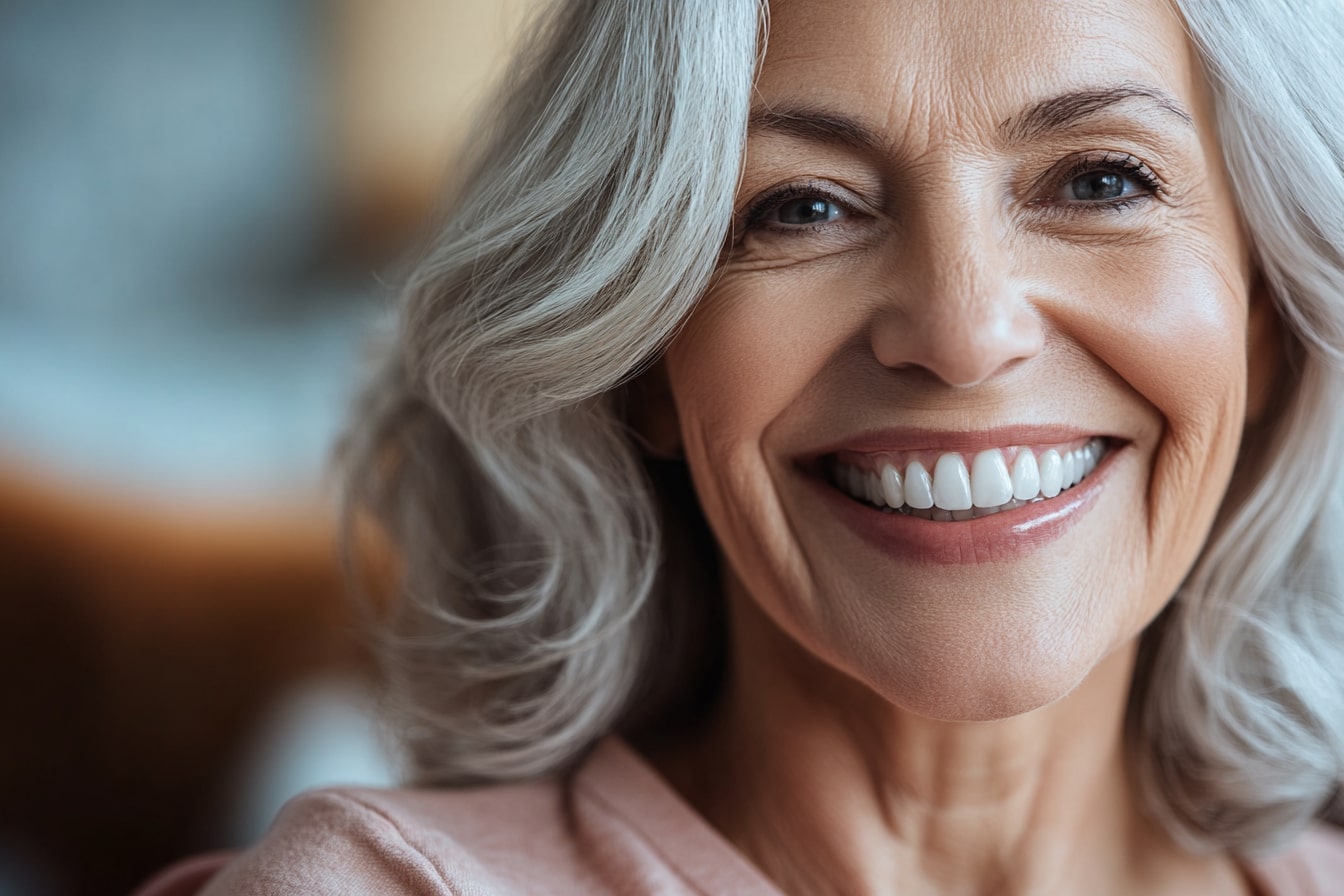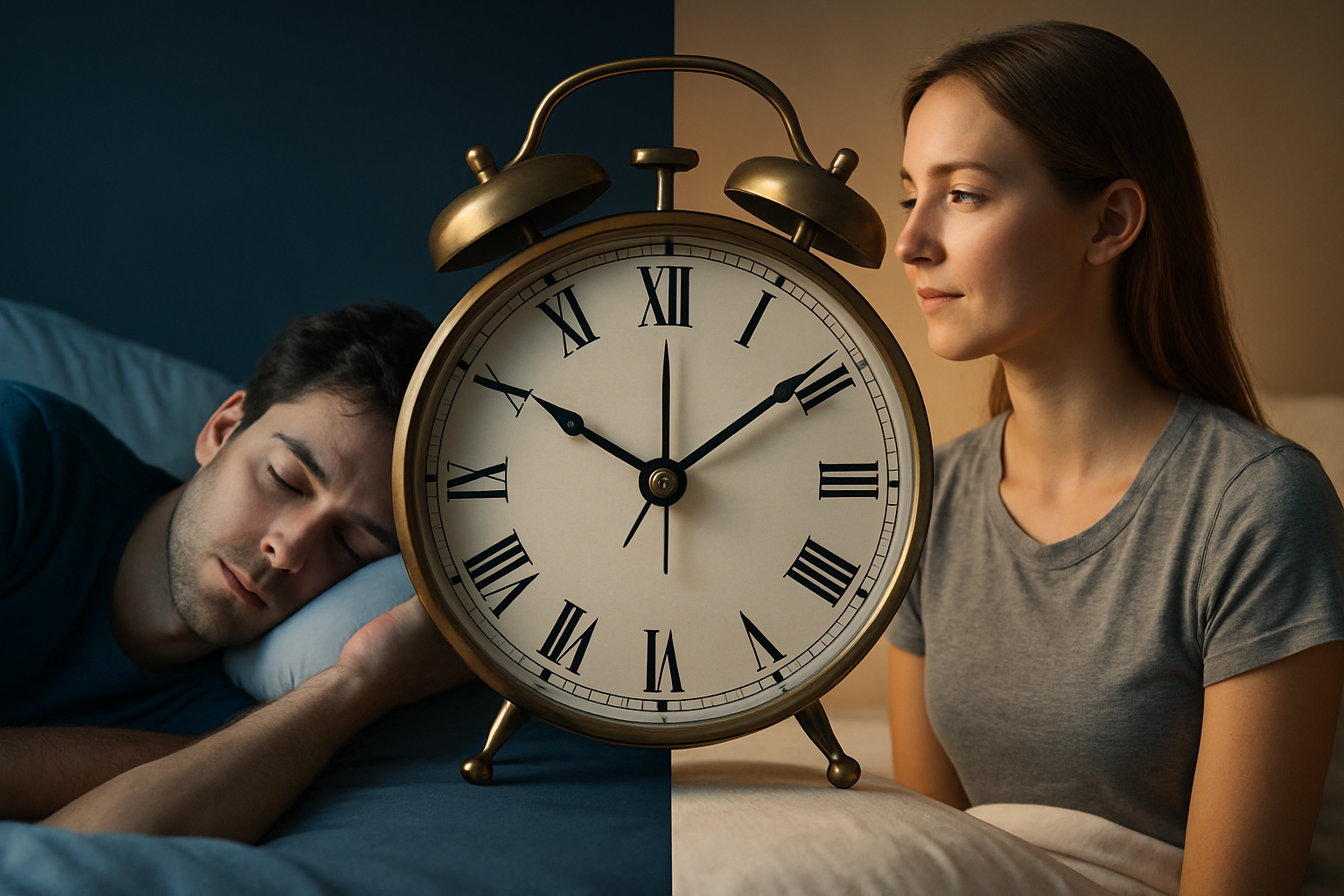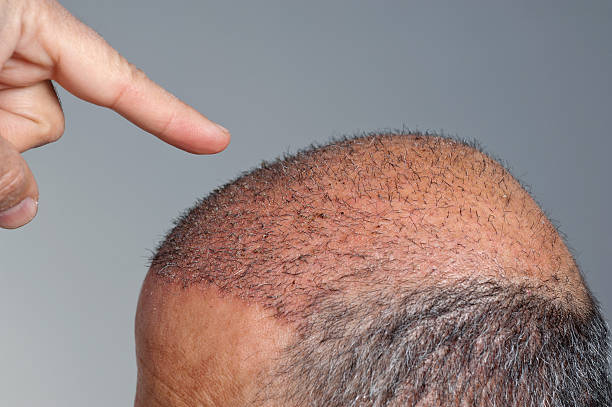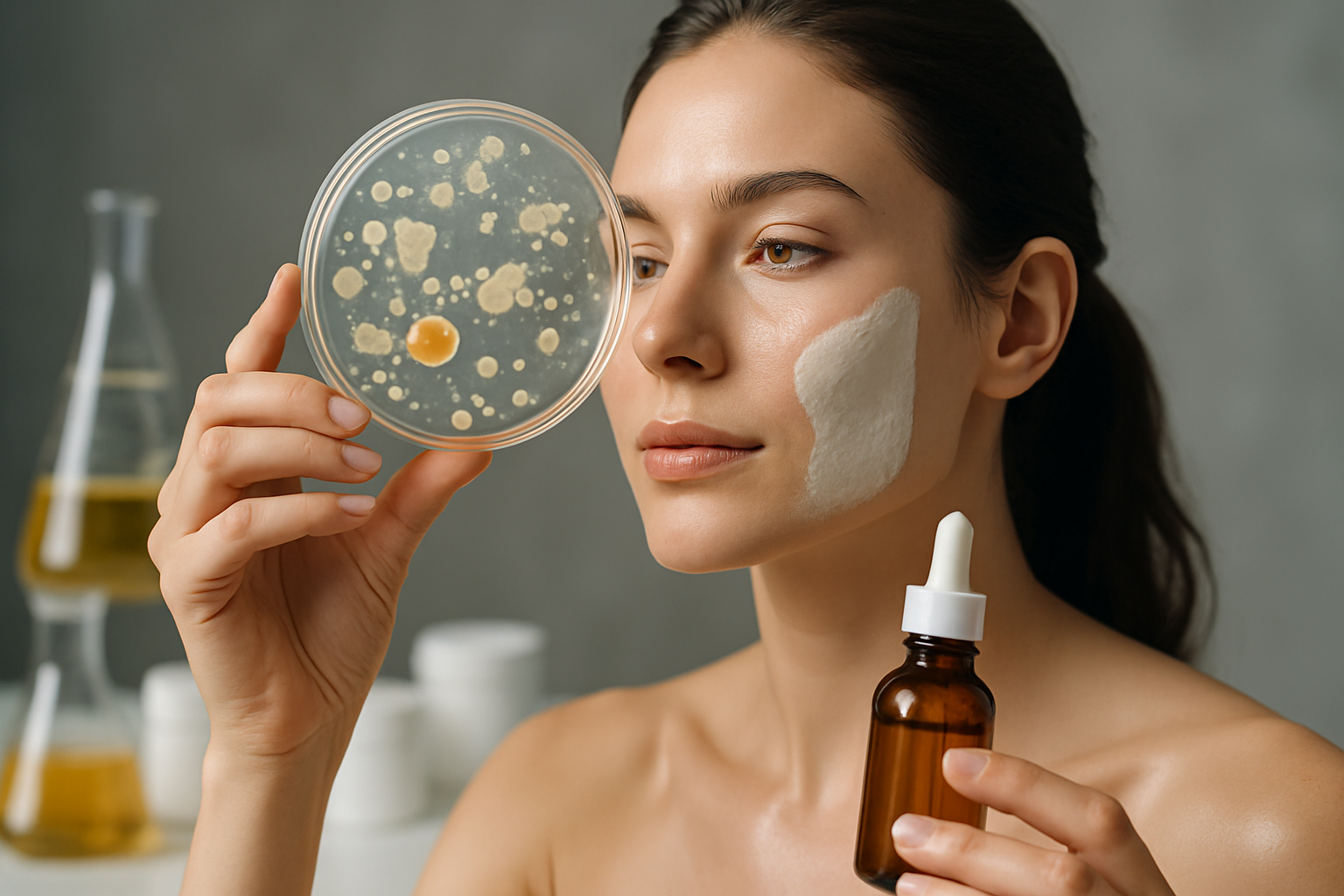Embracing Gray Hair: A Journey of Self-Acceptance
Gray hair has long been associated with aging and loss of vitality, prompting many to reach for hair dye at the first sign of silver strands. However, a growing movement is challenging this perception, encouraging individuals to embrace their natural gray hair as a symbol of wisdom, experience, and authenticity. This shift in attitude is not merely a passing trend but a reflection of changing societal values and a broader conversation about ageism and beauty standards. As more people choose to go gray, they're discovering unexpected benefits, from reduced maintenance to increased confidence. The journey to embracing gray hair is often deeply personal, involving a complex interplay of societal expectations, self-image, and individual circumstances.

Historical Perceptions of Gray Hair
Throughout history, gray hair has held various symbolic meanings across cultures. In ancient Rome, gray hair was associated with wisdom and experience, often depicted on statues of revered philosophers and leaders. In contrast, many Eastern cultures viewed gray hair as a sign of longevity and good fortune. However, with the rise of the cosmetics industry in the 20th century, gray hair increasingly became synonymous with aging and loss of attractiveness, particularly for women. This shift in perception led to widespread use of hair dyes and a societal pressure to maintain a youthful appearance.
The Gray Hair Revolution
In recent years, a counter-movement has emerged, challenging long-held beliefs about gray hair. Celebrities like Jamie Lee Curtis and George Clooney have embraced their natural gray, inspiring others to do the same. Social media has played a crucial role in this shift, with hashtags like #GrayHairDontCare and #SilverSisters creating supportive communities for those transitioning to gray. This movement is about more than just aesthetics; it’s a rejection of ageism and a celebration of authenticity in a world often dominated by unrealistic beauty standards.
The Transition Process
Going gray is not always a simple decision, and the transition process can be challenging. Many individuals struggle with the “skunk stripe” effect as their natural color grows in, leading to a stark contrast with dyed hair. Some opt for a gradual transition, using highlights or lowlights to blend the gray with their existing color. Others choose a more dramatic approach, cutting their hair short or even shaving it to speed up the process. Regardless of the method, patience is key, as it can take anywhere from six months to two years for hair to fully transition.
Caring for Gray Hair
Gray hair requires specific care to maintain its health and vibrancy. Without pigment, gray hair is more susceptible to environmental damage and can take on a yellowish tint. Using purple-toned shampoos and conditioners can help neutralize brassiness and keep gray hair looking bright. Additionally, gray hair tends to be coarser and drier, necessitating increased moisture and protection from heat styling. Many embracing their gray find that their new hair texture requires a completely different care routine, leading to a journey of product experimentation and self-discovery.
Psychological Impact of Embracing Gray
The decision to go gray often has profound psychological effects. For many, it’s a liberating experience, freeing them from the constant cycle of coloring and allowing them to redirect time and energy towards other pursuits. Others report feeling more confident and authentic, no longer feeling the need to hide a natural part of themselves. However, the transition can also be emotionally challenging, forcing individuals to confront societal expectations and their own internalized ageism. Support from friends, family, and online communities can be crucial during this time.
Gray Hair in the Workplace
The professional implications of gray hair remain a concern for many, particularly women. Studies have shown that ageism in the workplace is a persistent issue, with older employees often perceived as less competent or dynamic. However, as more high-profile individuals embrace their gray, perceptions are slowly changing. Some argue that gray hair can actually be an asset in certain professions, lending an air of experience and wisdom. Nonetheless, the decision to go gray in a professional setting remains highly personal and context-dependent.
The Future of Gray Hair
As society continues to evolve, it’s likely that attitudes towards gray hair will further shift. The beauty industry is already adapting, with more products tailored specifically for gray hair hitting the market. Fashion and media representation of gray-haired individuals is also increasing, helping to normalize and celebrate this natural process. As conversations around ageism and beauty standards progress, embracing gray hair may become less of a statement and more of a mainstream choice.
In conclusion, the journey to embracing gray hair is multifaceted, involving personal, social, and even political dimensions. It challenges individuals to confront societal expectations and their own perceptions of beauty and aging. While the decision to go gray is deeply personal, the growing movement suggests a broader shift towards authenticity and self-acceptance. As more people choose to embrace their natural gray, they’re not just changing their hair color – they’re contributing to a redefinition of beauty standards and challenging ageism in all aspects of life.





